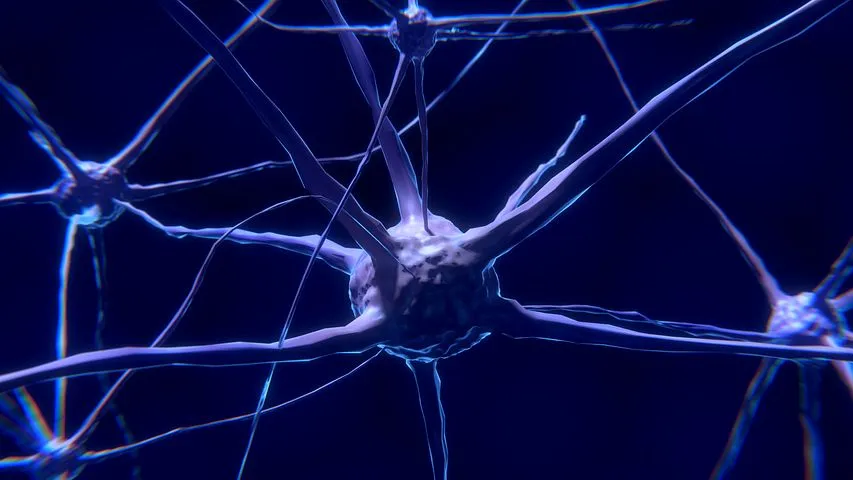
Introduction of my self in academics
Hello friends welcome to all of you in education community hope you all are fine safe and healthy.
My name is @Suhail Ur Rehman
S/o @Ab Rehman Thoker
R/o @Rawalpora shopian
State @jammu and Kashmir
Country @India
Academic qualification
- B.sc in Medical stream
- M.sc in zoology (worked as contractual lecturer)
- B.Ed
- Computer (c, c++, olevel, diploma, and honors).
If anybody needs pdf file of this topic please contact on my email (sbiology786@gmail.com)
So let's start and focus on today's topic.

NEURAL CONTROL AND COORDINATION
First we define Nervous system
The nervous system is a complex network of nerves and cells that carry messages to and from the brain and spinal cord to various parts of the body.
The nervous system includes both the Central nervous system and Peripheral nervous system. The central nervous system is made up of the brain and spinal cord, and the peripheral nervous system is made up of the Somatic and the Autonomic nervous system.
https://www.news-medical.net/amp/health/What-is-the-Nervous-System.aspx
So, come to the main point:-
Neural system regulates various parts of the body through nerve impulse.
Function control and coordination of various activities of the organs of the animals.
***Origiin of nervous system ➡️Ectodermal
➡️Coordination is the process through which two or more organs interact and complement the function of one another.
➡️ In our body the neural system and the endocrine system jointly coordinate and integrate all the activities of the organs so that they function in a synchronised fashion.
➡️the neural system provides an organised network of point to point connection for a quick coordination the endocrine system provides chemical integration through hormones.

**Neural system**
➡️The neural system of all the animals is composed of highly specialised cells called neuron which can detect, receive and transmit different kinds of stimuli.
➡️The neural organisation is very simple in lower invertebrates.
➡️For example in Hydra it is composed of network of neurons.
➡️the neural system is better organised in insects, where the brain is present along with a number of ganglia and neural tissue
➡️The vertebrates have a more developed neural system.
*** Nervous system**
Central nervous system
(Brain, spinal cord)
(Site of information processing and control)Peripheral nervous system
(Cranial and spinal nerves)
(Consist of afferent and efferent nerve fibres
⬇️
(a). Somatic nervous system
(Relays impulses from the CNS to skeletal muscles)
(b). Automatic nervous system.
➡️sympathetic neural system
➡️Parasympathetic neural system
(Relays impulses from CNS to involuntary organs and smooth muscles of the body.
Nervous tissue
- Nervous system is composed of neural tissue.
- Nervous tissue is composed of neuron and neuroglia (Neuroglial cells).
Hope you like and understand this lecture very well please give feedback that is most important for us.
@special thanks to
@education
@educationhive
@sandracarrascal
